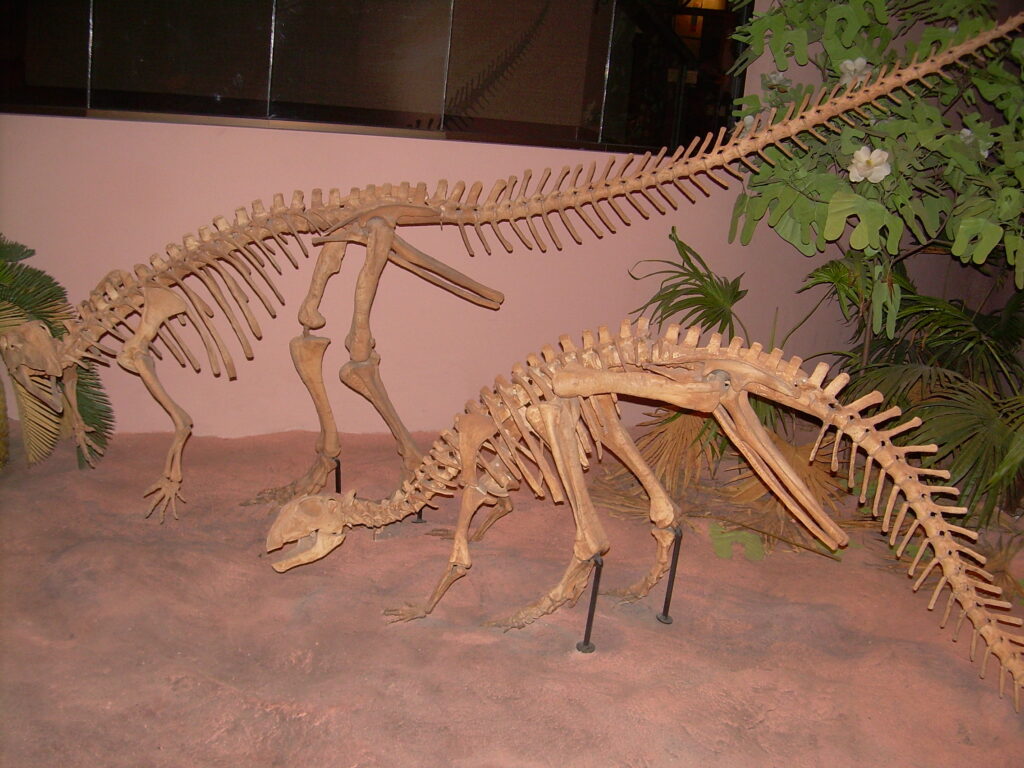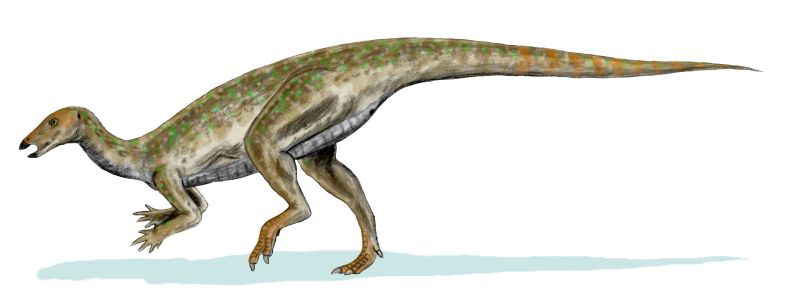In the vast panorama of prehistoric life, few creatures have captured our imagination quite like Diplodocus. This iconic sauropod dinosaur, with its impossibly long neck and whip-like tail, roamed the landscapes of what is now North America during the Late Jurassic period, approximately 155 to 145 million years ago. As one of the most completely known of all sauropods, Diplodocus has become a staple in museum displays worldwide, captivating visitors with its remarkable proportions and evolutionary adaptations. This gentle giant represents one of the most successful dinosaur designs in Earth’s history, embodying the spectacular diversity of life that thrived during the Age of Reptiles.
The Discovery and Naming of Diplodocus
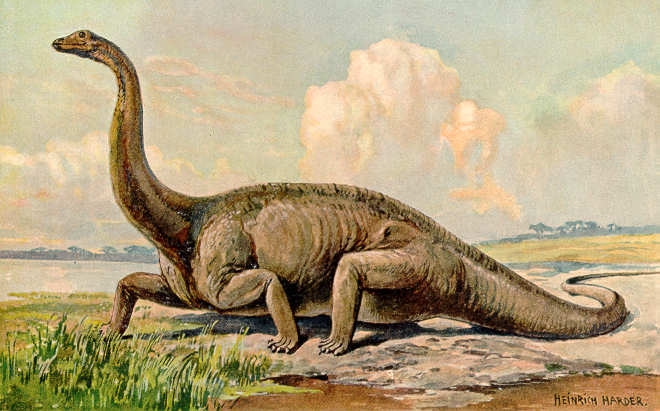
The first Diplodocus specimen was discovered in 1877 by Benjamin Mudge and Samuel Wendell Williston in Colorado’s Morrison Formation. The genus was formally named by paleontologist Othniel Charles Marsh in 1878, deriving the name from Greek words meaning “double beam,” referring to the distinctive double-beamed chevron bones on the underside of its tail. This initial discovery sparked tremendous scientific interest, leading to numerous additional specimens being unearthed throughout the American West.
Perhaps the most famous specimen, nicknamed “Dippy,” was discovered in Wyoming in 1899 and became famous when philanthropist Andrew Carnegie commissioned plaster casts of its skeleton to be displayed in museums across Europe and Latin America. These replicas served as ambassadors of American paleontology and introduced millions of people worldwide to this magnificent creature from the distant past.
Gigantic Proportions and Record-Breaking Length

Diplodocus stands as one of the longest dinosaurs ever discovered, with the largest species, Diplodocus hallorum (formerly known as Seismosaurus), reaching estimated lengths of up to 33-35 meters (108-115 feet). Despite its tremendous length, Diplodocus was relatively lightweight compared to some other sauropods, with estimates suggesting it weighed between 10-16 metric tons. This relatively modest weight for its size resulted from an extraordinarily efficient body design featuring hollow vertebrae and a skeletal structure optimized for reduced mass.
The contrast between its enormous length and comparatively modest weight represents a remarkable example of evolutionary engineering that allowed this massive animal to support itself on land. Interestingly, while Diplodocus was extraordinarily long, other sauropods like Argentinosaurus and Brachiosaurus likely outweighed it considerably despite being shorter in overall length.
The Iconic Whip-Like Tail
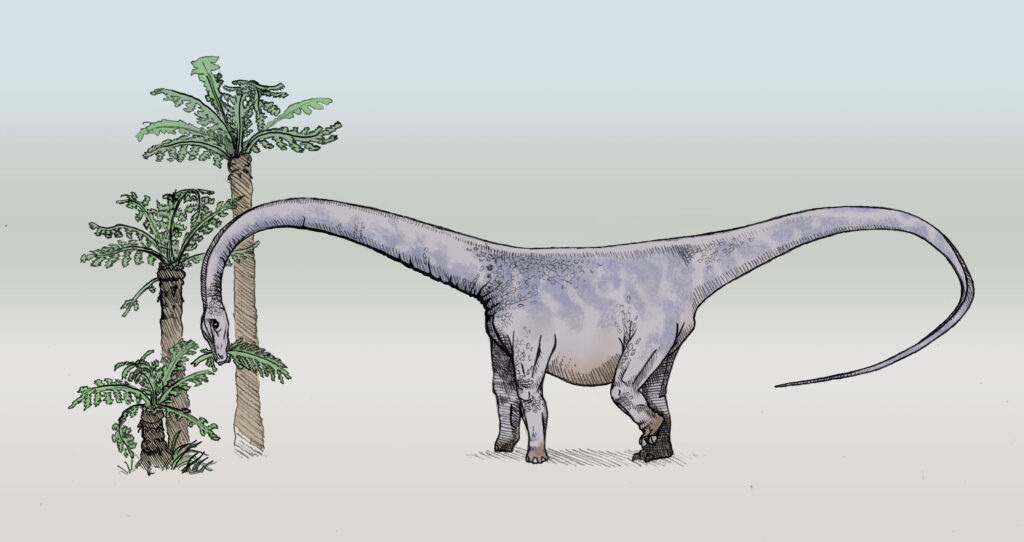
Perhaps the most distinctive feature of Diplodocus was its extraordinarily long tail, which accounted for nearly half of the animal’s total length. This remarkable appendage contained about 80 vertebrae that became progressively smaller toward the tip, creating a flexible, whip-like structure. Biomechanical studies suggest that when Diplodocus flicked its tail, the tip could have moved at speeds exceeding 33 meters per second (73 mph), potentially creating a sonic boom or “crack” similar to a bullwhip.
This capacity has led paleontologists to hypothesize various functions for the tail, from defense against predators to intraspecific communication and display. Some researchers have proposed that these dinosaurs may have used their tails in coordinated defensive formations, creating a barrier of whipping tails that would discourage even the largest predators of the Jurassic period from attacking the herd.
The Mystery of the Long Neck
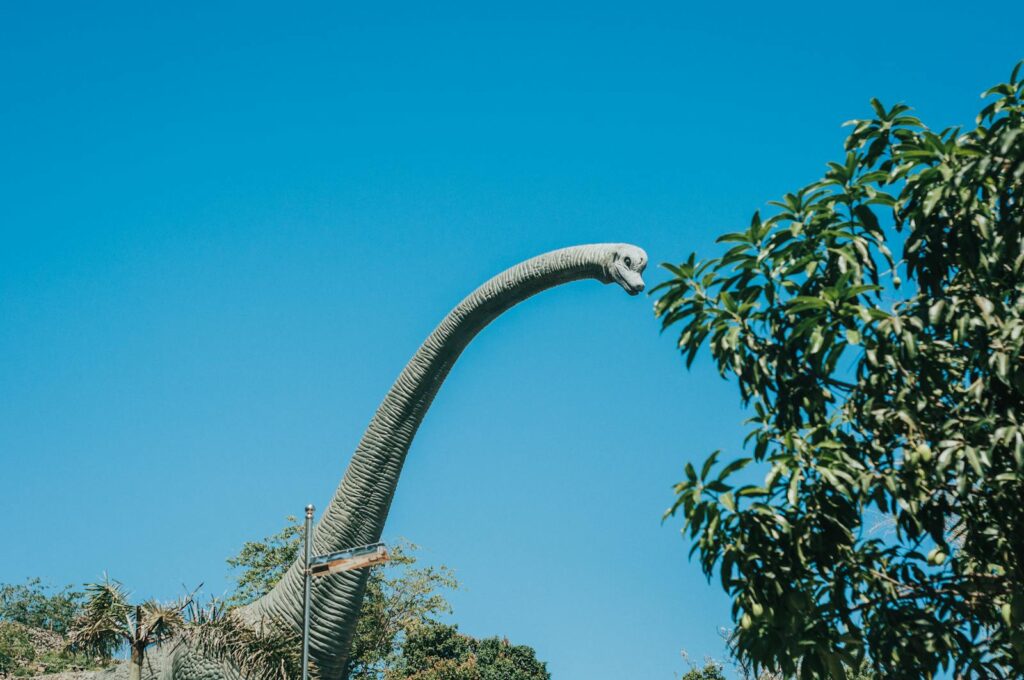
The elongated neck of Diplodocus, comprising 15-16 vertebrae, has been the subject of extensive scientific debate regarding its positioning and function. Contrary to many popular depictions showing the neck held high, modern biomechanical analyses suggest Diplodocus likely kept its neck in a more horizontal position, perhaps raising it occasionally but not maintaining it in a swan-like posture. This horizontal orientation would have allowed the animal to sweep across vast areas of vegetation without moving its massive body, conserving energy while maximizing feeding efficiency.
The neck vertebrae contained complex air sacs connected to the respiratory system, making them lighter while maintaining structural strength. These pneumatic features represent a remarkable adaptation that helped solve the engineering problem of supporting such elongated body proportions and highlight the sophisticated evolutionary adaptations that characterized sauropod dinosaurs.
Feeding Habits and Dental Peculiarities
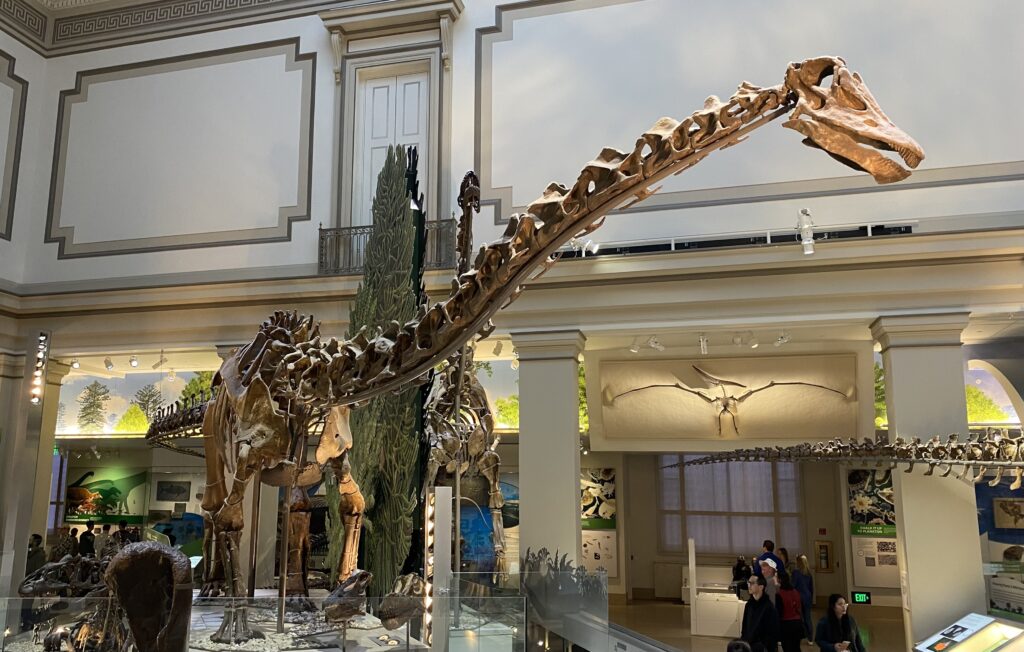
Diplodocus possessed one of the most unusual dental arrangements among dinosaurs, with pencil-like teeth restricted to the front portions of the jaws. These peg-shaped teeth were continuously replaced throughout the animal’s lifetime, with new teeth forming at a rate of approximately one per month in each tooth position. Unlike many other herbivorous dinosaurs that had teeth adapted for grinding plant matter, Diplodocus likely used its specialized dentition to strip leaves from branches in a rake-like fashion.
Evidence suggests these dinosaurs may have engaged in branch-stripping behavior, pulling foliage through their teeth to remove nutritious leaves while discarding woody materials. Microscopic wear patterns on fossilized teeth support this feeding strategy, indicating that Diplodocus was a selective feeder that targeted specific plant parts rather than indiscriminately consuming whole plants.
Social Behavior and Herding Instincts

Fossil evidence strongly suggests that Diplodocus lived and traveled in herds, offering protection through sheer numbers and possibly enabling cooperative care of offspring. Multiple trackway sites have preserved the footprints of several individuals moving in the same direction, providing compelling evidence for social grouping. Age segregation may have occurred within these herds, with juveniles possibly occupying different ecological niches than adults to reduce competition for resources.
The discovery of multiple specimens in close proximity at certain fossil sites further supports the hypothesis of gregarious behavior. This social lifestyle would have provided numerous advantages, including enhanced vigilance against predators like Allosaurus and Ceratosaurus, collective defense using their formidable tails, and the sharing of information about food and water sources across the sometimes challenging Late Jurassic landscape.
Growth and Development
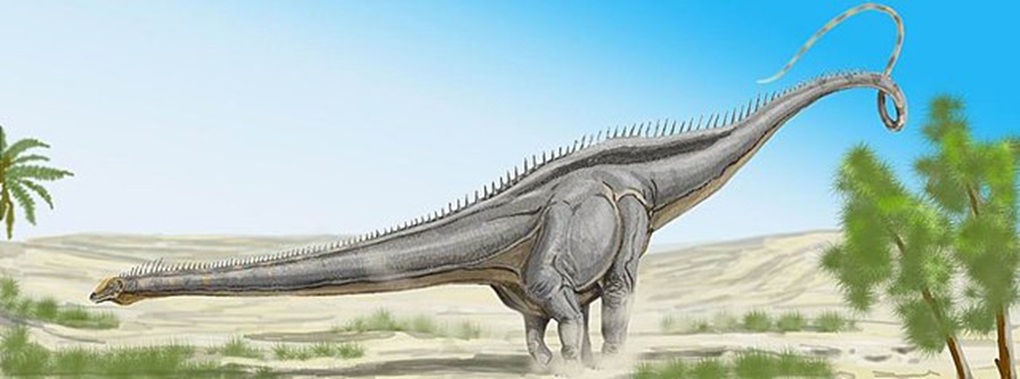
The growth pattern of Diplodocus represents one of the most remarkable life histories in the animal kingdom. Hatching from eggs roughly the size of footballs, juvenile Diplodocus would have entered the world weighing just a few kilograms but grew at astonishing rates during their early years. Studies of bone microstructure reveal that these dinosaurs experienced rapid growth during their first decade of life, potentially gaining over a ton per year during peak growth phases.
This accelerated development likely continued until sexual maturity, after which growth rates slowed considerably. Despite this slowdown, evidence suggests that Diplodocus, like many other sauropods, exhibited indeterminate growth, meaning they continued to increase in size throughout their lives, albeit at progressively slower rates. This growth strategy differs markedly from mammals, which typically reach a defined adult size and then stop growing entirely.
Habitat and Environmental Adaptations

The Morrison Formation, where Diplodocus fossils have been discovered, preserves evidence of a semi-arid environment with distinct wet and dry seasons, similar to modern savannas but with different flora. This environment featured open woodlands dominated by conifers, ginkgoes, cycads, and ferns rather than flowering plants, which had not yet evolved to dominance. Seasonal rivers and floodplains provided critical water sources and lusher vegetation during drier periods.
Diplodocus appears to have been well-adapted to this variable environment, with its efficient body design allowing it to cover substantial distances between feeding and watering grounds. The tremendous size of adult Diplodocus would have made them largely immune to the effects of drought that might devastate smaller animals, as they could reach higher vegetation untouched by other herbivores and likely had metabolic adaptations to survive periodic resource scarcity.
Thermoregulation and Metabolism

The question of how Diplodocus and other massive dinosaurs regulated their body temperature has intrigued scientists for decades. Current research suggests that Diplodocus likely exhibited a form of gigantothermy or inertial homeothermy, where the sheer volume of their bodies retained heat and maintained a relatively stable internal temperature regardless of external conditions.
This massive body size created a favorable surface-area-to-volume ratio that minimized heat loss, potentially allowing these animals to maintain elevated body temperatures without the high metabolic costs associated with true endothermy (warm-bloodedness) seen in mammals and birds. Computer models indicate that an adult Diplodocus, once warmed by the morning sun, would maintain a stable core temperature throughout the night due to this thermal inertia. This thermoregulatory strategy represents a unique solution to the challenges of being an active, giant herbivore in the Jurassic ecosystem.
Reproduction and Life Cycle
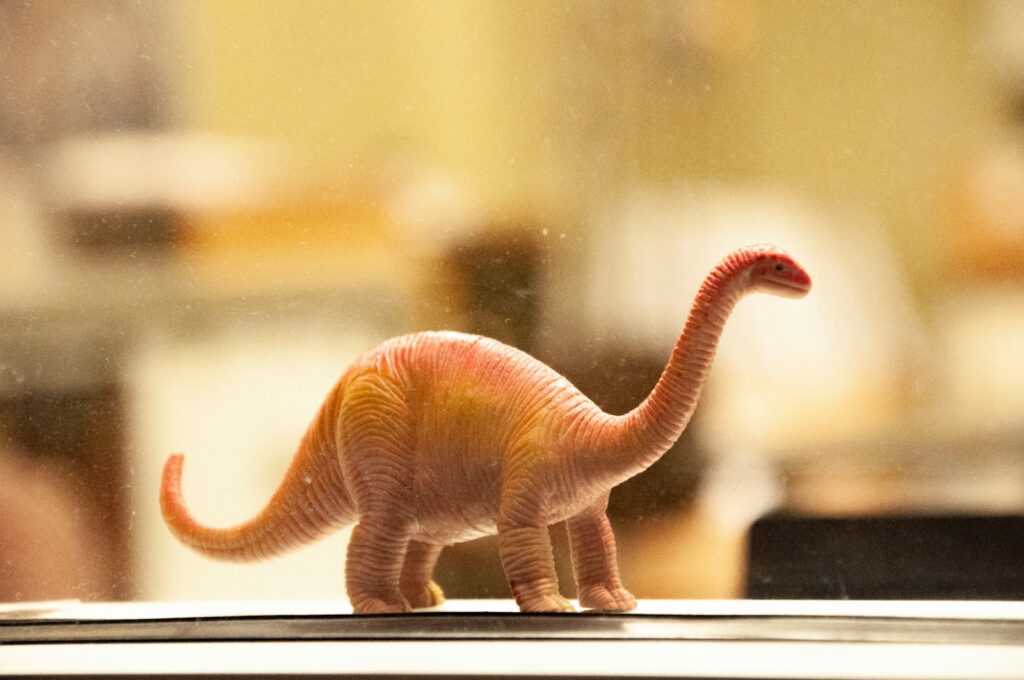
While direct evidence of Diplodocus eggs and nesting behavior remains elusive, paleontologists have reconstructed aspects of their reproductive biology based on related sauropods and anatomical features. Female Diplodocus likely laid dozens of eggs in shallow depressions, possibly in multiple clutches distributed across the landscape. This reproductive strategy, known as a “scatter approach,” would have increased the chances of some offspring surviving by not concentrating all eggs in a single vulnerable location.
After hatching, juvenile Diplodocus likely fended for themselves, exploiting different food resources than adults by feeding on lower vegetation. The transition from vulnerable hatchling to enormous adult involved an extraordinary growth journey spanning decades. Based on growth ring analysis in bones, researchers estimate that Diplodocus may have lived 70-80 years or more, making them among the longest-lived non-avian dinosaurs known to science.
Diplodocus in Popular Culture

Few dinosaurs have achieved the iconic status of Diplodocus in public consciousness, appearing in countless books, films, documentaries, and museum displays worldwide. The famous Carnegie casts, commissioned in the early 20th century, introduced this dinosaur to international audiences and established it as one of the most recognizable prehistoric creatures. The 2000 BBC documentary “Walking with Dinosaurs” featured Diplodocus prominently, bringing scientifically informed reconstructions of these animals to millions of viewers.
In 2015, the announcement that “Dippy,” the famous Diplodocus cast that had greeted visitors to London’s Natural History Museum for decades, would be replaced by a blue whale skeleton sparked public outcry and a “Save Dippy” campaign, demonstrating the deep emotional connection many people feel toward this prehistoric icon. The lasting cultural impact of Diplodocus illustrates how these extinct creatures continue to inspire wonder and scientific curiosity across generations.
Scientific Debates and Evolving Understanding

Our understanding of Diplodocus continues to evolve as new technologies and methodologies emerge in paleontological research. Ongoing debates include questions about neck posture, with some researchers arguing for greater flexibility and diversity of positions than previously thought. The discovery of soft tissue impressions of sauropod skin has challenged earlier reconstructions, suggesting these animals may have had different external appearances than traditionally depicted.
Climate modeling has provided new insights into the physiological challenges these animals faced in their semi-arid habitat. Perhaps most controversially, some paleontologists have proposed that certain species assigned to Diplodocus should be reclassified into separate genera, reflecting the complex nature of sauropod taxonomy. These scientific conversations illustrate how paleontology remains a dynamic field where new evidence continues to refine our picture of prehistoric life, even for well-studied dinosaurs like Diplodocus.
Extinction and Legacy

The Diplodocus lineage disappeared from the fossil record by the end of the Jurassic period, approximately 145 million years ago, well before the mass extinction event that claimed the remaining non-avian dinosaurs 66 million years ago. While the exact causes remain uncertain, environmental changes and competition from emerging dinosaur groups likely contributed to their decline. The Morrison ecosystem transitioned as sea levels changed and new plant communities emerged, potentially disrupting the specialized feeding strategies that had made Diplodocus so successful.
Despite its extinction, the evolutionary adaptations pioneered by Diplodocus—such as lightweight vertebral construction, elongated necks, and efficient body designs—persisted in other sauropod lineages that continued to thrive through the Cretaceous period. The incredible fossil record left by these animals continues to provide crucial insights into the biology, ecology, and evolutionary history of some of the most spectacular creatures ever to walk the Earth, securing Diplodocus’s place in the grand narrative of life’s history.
Conclusion
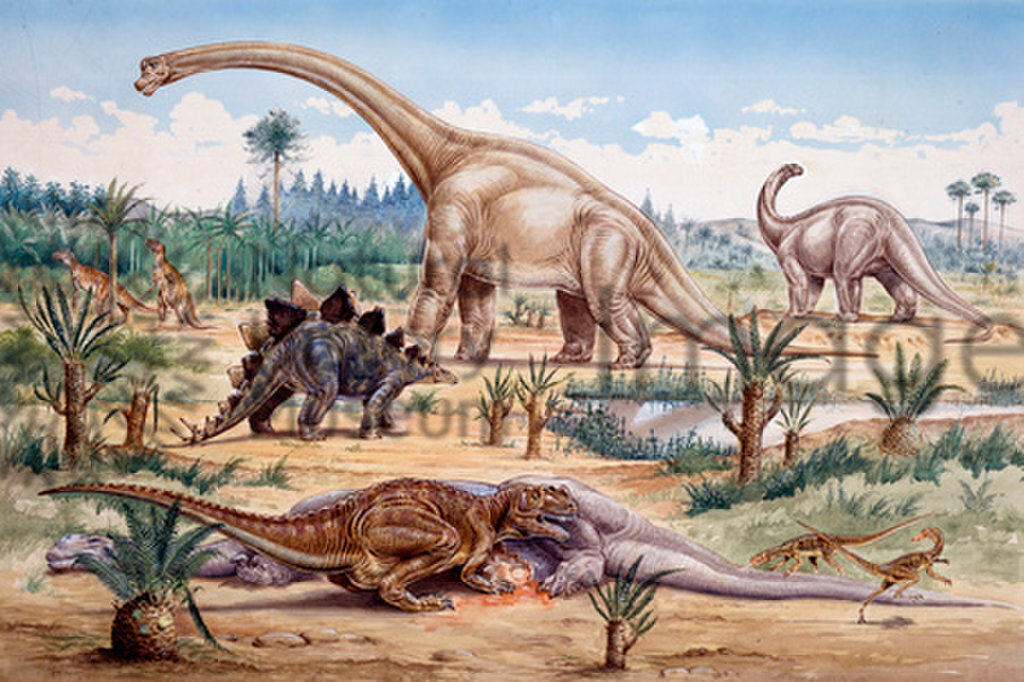
Diplodocus represents one of paleontology’s most remarkable success stories—both as a prehistoric organism that dominated its ecosystem and as a scientific and cultural icon that has shaped our understanding of dinosaurs. From its whip-like tail to its pencil-shaped teeth, every aspect of Diplodocus anatomy reveals sophisticated adaptations that allowed these giants to thrive for millions of years in the competitive world of the Late Jurassic.
As scientific techniques continue to advance, future discoveries will undoubtedly refine our understanding of these magnificent creatures, but the fundamental wonder of Diplodocus—a gentle giant that stretched longer than a basketball court and navigated a world utterly different from our own—will continue to inspire scientific curiosity and capture the imagination of dinosaur enthusiasts for generations to come.

